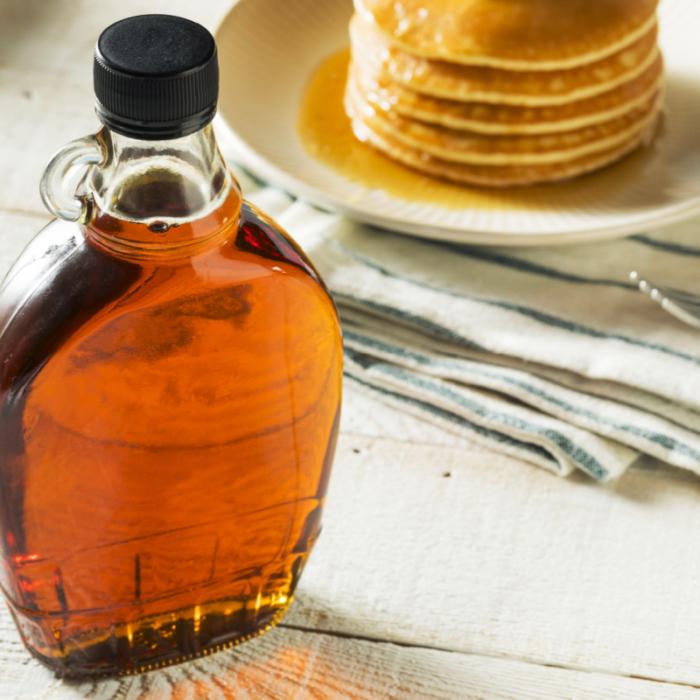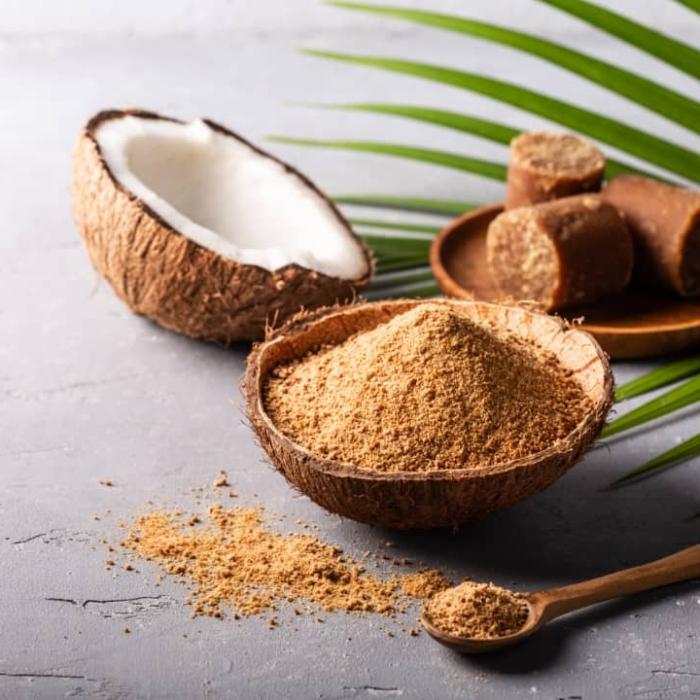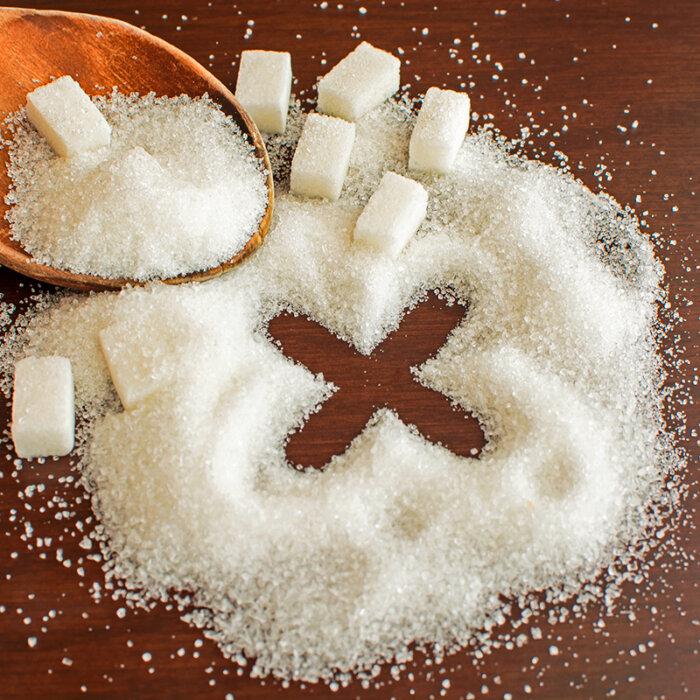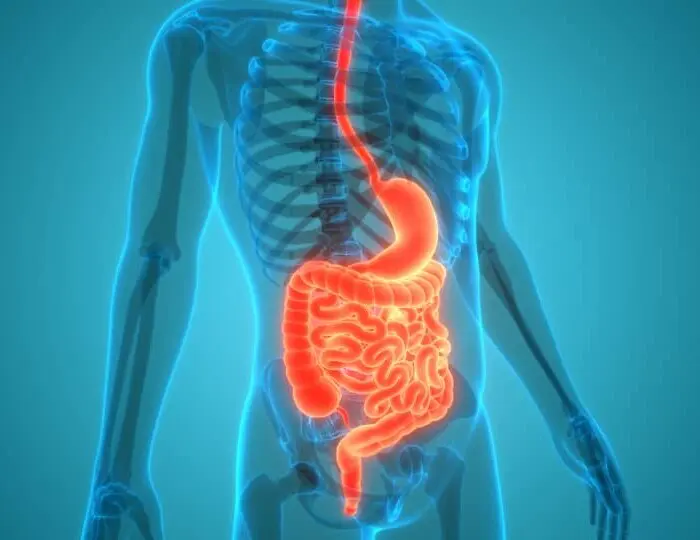Sweet Cravings: The Instinct for Survival and Growth
“Sugar is very important for our body and our brain. And I think this is where a lot of the difficulty (in cutting out sugar) lies,” Jessica Russo, a clinical psychologist from Philadelphia, told The Epoch Times during an interview.Sugar serves as the primary energy source for every cell in our body and much of the food we eat is broken down into various sugars.
“The brain is the most energy-demanding organ, which uses about half of all the sugar energy in the body.”
“We’re biologically driven toward sweet foods,” as this is a survival mechanism, Ms. Russo said, explaining that in nature, sweet-tasting foods are generally healthy, while toxic foods may taste bitter, and spoiled or rotten foods may taste sour, both of which lack sweetness.
Therefore, when we taste something sweet, our brains signal, “Oh, this is good!”
Besides helping us identify safe food, sweetness also plays a role in human survival and growth.
“We see babies being born with the ability to detect sweet taste and to prefer it,” Julie A. Mennella, a scientist at the Monell Chemical Senses Center in Philadelphia, during an interview. It indicates that sweetness is associated with the quality of breast milk, which can attract infants to suckle.
The Effect of Sugar on Our Brains
When we consume sugar, the receptors on our tongues send sweet signals to the brain, triggering the release of dopamine, which can induce feelings of joy and happiness.“We taste with our brains,” Ms. Mennella explained. Sweetness makes us feel good because these signals are sent to various parts of the brain, many of which are associated with rewards.
“The brain pathways used are significant for pleasure, memory, and reward,” she said.
This means that when we engage in activities that trigger dopamine release, we experience joy, form memories, and look forward to doing it again.
“In the brain, it has very specific actions and is the most important molecule in the brain that’s involved in bringing about well-being,” said Kenneth Blum, a renowned scientist with a doctorate in neuropharmacology.
Dopamine can also counteract stress, said Mr. Blum, who is a professor at the Western University of Health Sciences’ Graduate School of Biomedical Science, and a part-time professor at the University of Vermont and Wright University.
“When you have stress, the dopamine is released 100 times above the normal rate.” It can block the action of stress hormones such as adrenaline.
However, Mr. Blum emphasized the importance of maintaining a balance for this crucial molecule; otherwise, the brain could suffer severe negative consequences.
Many people are unaware that excessive sugar consumption can lead to consequences very similar to drug abuse.
Mr. Blum explained that excessive sugar consumption can trigger acute dopamine release.
“It’s like abusing alcohol or other drugs of abuse,” he said.
Over time, that can result in a chronic decrease in dopamine levels. Consequently, individuals may seek larger quantities of sugar to experience the same level of pleasure, eventually leading to an addictive state where they consume more and more.
When you consume a large amount of refined sugar, “your brain lights up like a pinball machine due to the intense release of dopamine,” said James DiNicolantonio, a cardiovascular research scientist and doctor of pharmacy at Saint Luke’s Mid America Heart Institute in Kansas City, Missouri.
When ingesting refined sugar, the sweet receptors signal the brain’s reward system more effectively than when eating fruit. The levels of dopamine released by the brain far exceed what we can handle.

“Our research shows how similarly both additive and nonadditive rewards are processed by our brains, both on the whole-brain scale and on a cellular level,” said Anna Beroun, the study’s lead author and the head of the Laboratory of Neuronal Plasticity at the Nencki-EMBL Center of Excellence for Neural Plasticity and Brain Disorders (BRAINCITY) of the Nencki Institute of Experimental Biology of the Polish Academy of Sciences in Warsaw, Poland.
Is Sugar More Addictive Than Drugs?
Sugar is irresistibly alluring, not only because it stimulates the brain to produce dopamine, which brings joy, but also because it triggers the production of endogenous opioids in the brain, which can lead to addiction and dependence.Mr. Blum said that the brain has glucose receptors, and when they are stimulated by sugar, it triggers a series of signaling pathways that ultimately lead to the production of addictive substances. This mechanism is inherently present “so that if you abuse sugar, you’re going to order the brain–reward circuitry in a negative way, as if you use heroin.”
Sugar’s effect on the brain not only shares similarities with drugs but also, in certain circumstances, is even more alluring.
“When we over-consume sugar, there is a release of dopamine and endogenous opioids that cause a ‘high,’ but then we get a ‘low.’ If we do this over a prolonged period of time, this can lead to dependency on sugar, especially in those who are vulnerable,” said Mr. DiNicolantonio, summarizing the addictive mechanism of sugar.
When there is a deficiency of dopamine and endogenous opioids, one may feel sad, confused, sluggish, and unable to concentrate, all of which can further drive the desire to consume more sugar.
Additionally, numerous human experiments have demonstrated the link between sugar and addiction.
In contrast, children without such familial backgrounds preferred water with a sucrose concentration of 18 percent.
Know Your Sugars: The Key to Overcoming Addiction
Sugar and the brain share an innate strong connection. Unfortunately, modern diets are filled with highly refined sugars that evoke drug-like allure. In fact, the sweetness we consume today differs significantly from what our ancestors once had.Ms. Russo vividly described the body and brain’s conflicting views on sugar with a lively scene, noting that our bodies resist certain sugars while are more receptive to others.
She says, “The brain says, ‘We need sugar; we must have sugar; we can’t survive without it.’ On the other hand, the body disagrees, saying, ‘We don’t like all types of sugar.’”
There is an ancient Chinese saying: “If you know the enemy and know yourself, you need not fear the result of a hundred battles.” To quit sugar, one must first understand sugar. However, the truth is some sugars and sweet substances are natural and even beneficial to the body.
















